It has been a few years since I actively cultivated my huge vegetable patch.
I’ve found that I’d rather spend my summers having adventures than babysitting a vegetable patch that makes me feel like an indentured servant.
The last straw was also the summer that the woodchuck tunneled all the way under the width of my barn to get at the goodies.
Our Caddyshack battle had been raging for years and I foolishly thought I had gained the upper hand. But the epic tunnel was my death knell. He beat me. I simply was not going to bury fencing all the way around the barn to keep him out of the vegetables. I tagged out.
Now, three years later (or is it 4? I can’t remember)…that area of my garden has become tick infested, neglected eyesore that is overtaken by wild raspberries, weedy crab grass, thistles, poison ivy, and woodbine.
Here is how it looked earlier this spring – 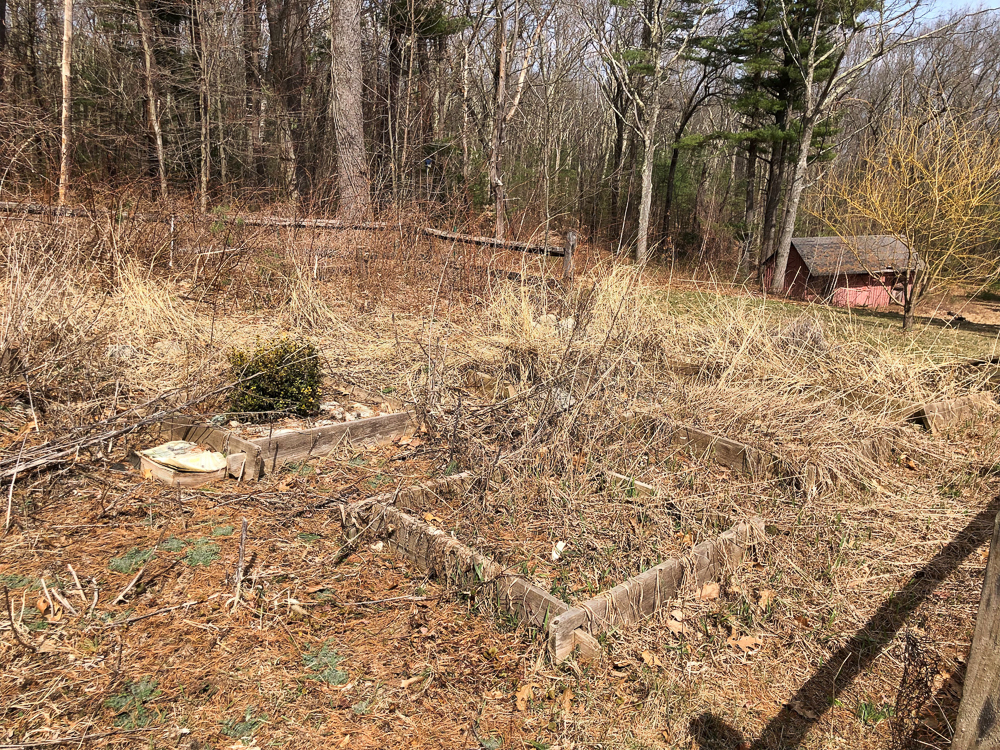
And then here it is after the weeds started coming back to life a few weeks ago. One step inside meant at least 5 ticks crawling up your legs. It was sketchy, and the giant thistles haven’t even started to get threatening.
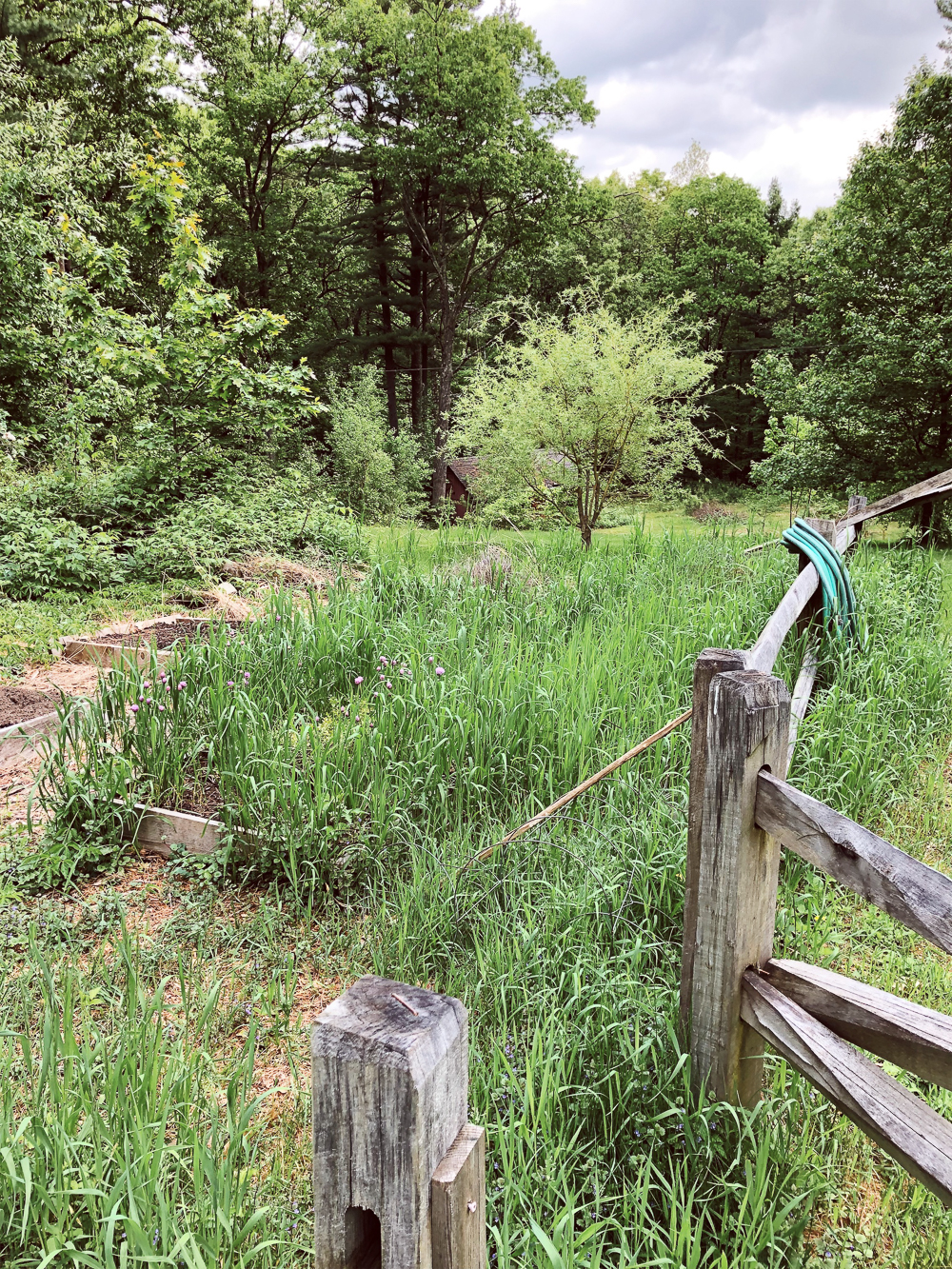
Here is the thing about garden work – I HAVE to be lazy. It’s not just that I am lazy – but even if I wanted to pull every one of those grasses and thistles, I couldn’t. I’d never finish and I’d die of exhaustion. If I wasn’t constantly looking for the easier path of little resistance, I’d have to hire a team of gardeners to maintain this place. And that doesn’t seem like fun. So I do what all smart and lazy gardeners do – try to kill weeds without pulling them.
Let me be clear with this – I value my life and health – so I considered the RoundUp option for as long as I consider sweetening my tea with arsenic. (#nope!)
So what then? Here are my weed killing strategies for this project –
- Cover all the beds with a thick (like 30-40 sheets) layer of newspaper. I did this early in the spring before things started growing and it was perfect. If you wait too long, you will need to cut things back so you can lay the paper flat enough to suffocate (because that is the idea here – and it works). Don’t worry too much about the debris underneath the paper, it will all compost and build your soil. I topped the beds with a bag of fresh garden soil – just enough to keep them buried.
- Most weeds don’t like to be cut. They need their leaves to keep their roots alive and if you take them away – they will eventually die. It will likely take some patience, but if you keep cutting a persistent weed, it will eventually stop coming back.
- Choke the weeds out with something you do want. Like grass. Around the edges of this area is lawn – but you wouldn’t know it – because some of those weeds were left to encroach. Once I removed all chicken wire on the fencing, I re-seeded these areas with grass. And I just keep mowing everything else. The new grass doesn’t mind the mowing and it will keep growing, but the weeds, they’ll get tired and give up.
It does require a little patience – but I’m all in favor or letting nature take care of things for me. I estimate I spent a half an hour spreading those newspapers. Then I’ve spent 15 or so minutes about 5-6 times this spring mowing and trimming. There are some plants that are still trying to live, but I don’t have much left. I’m confident that it will be pretty clear in another month. That is less than 3 hours total and way easier than pulling!
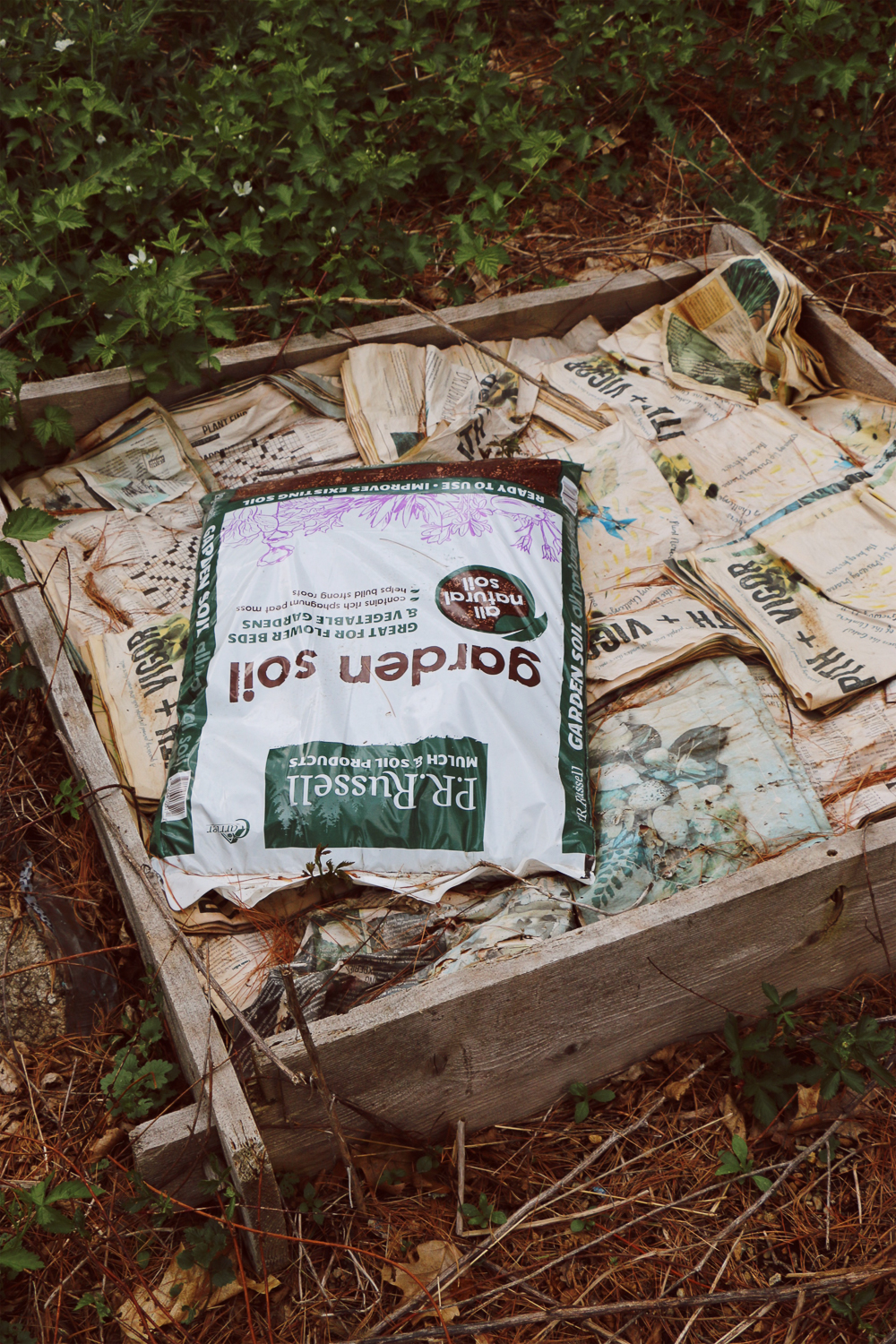
About that mower – I used the Troybilt TB230 Self Propelled Mower with Front W/heel Drive.
I have a ride on mower that I use take care of the main grass areas, but it is too big for something like this. Part of the reason the weeds got so out of control in the first place is because I couldn’t mow down the paths to keep things in check. If you are laying out raised beds like these, you should always think about how you will navigate the mower between them. Measure for size and make sure it fits. If I had it to do over again, I might have given myself a little more room for turning around.
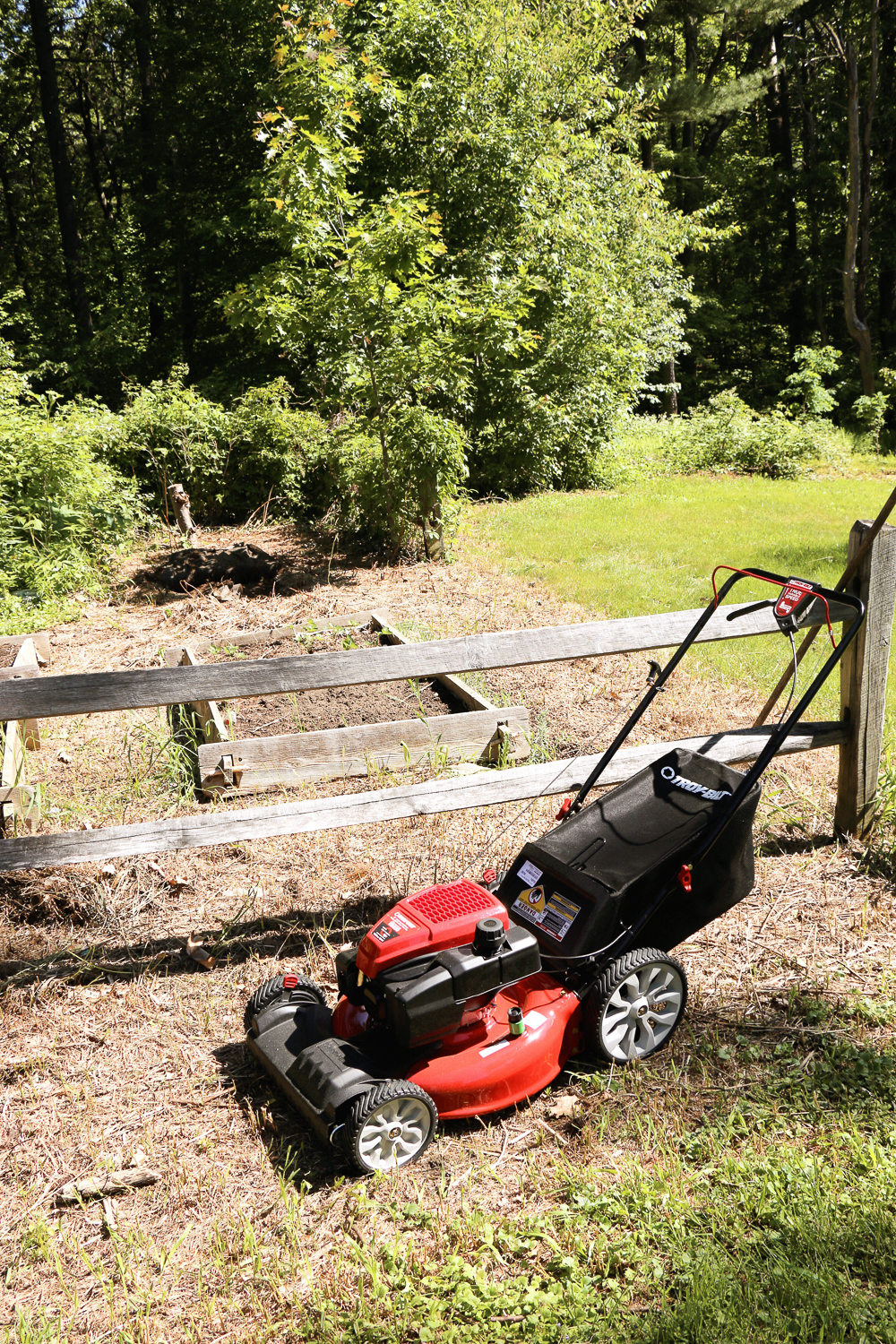
Besides killing the weeds and wrestling the area back under control, I wanted to plant things that are super low maintenance, perennial (at least mostly) and that won’t overwhelm me with too much produce.
I took inspiration from what was already working for me in other parts of the garden and sourced many plants from my existing collection. I had boxwoods that weren’t happy where they were (too shady). I had chives and day-lilies that needed splitting. The lavender came from elsewhere to make room for other new plants, as did the Echinacea. The tarragon and the horseradish were still there fighting the weeds to keep their places from years ago. And the strawberries were left over from a strawberry pot that I planted up on my patio.
So when I came down to it, I didn’t need much else and I filled out the planting plan with annual herbs (basil and rosemary) and I also bought some thyme and dill (both plants and seeds). The thyme loves this part of my garden, previously it has become a full shrub and the dill is something I have also enjoyed in the past. Though not a perennial – it re-seeds itself nicely. I know I can plant it once and have plants in the same area for years to come.
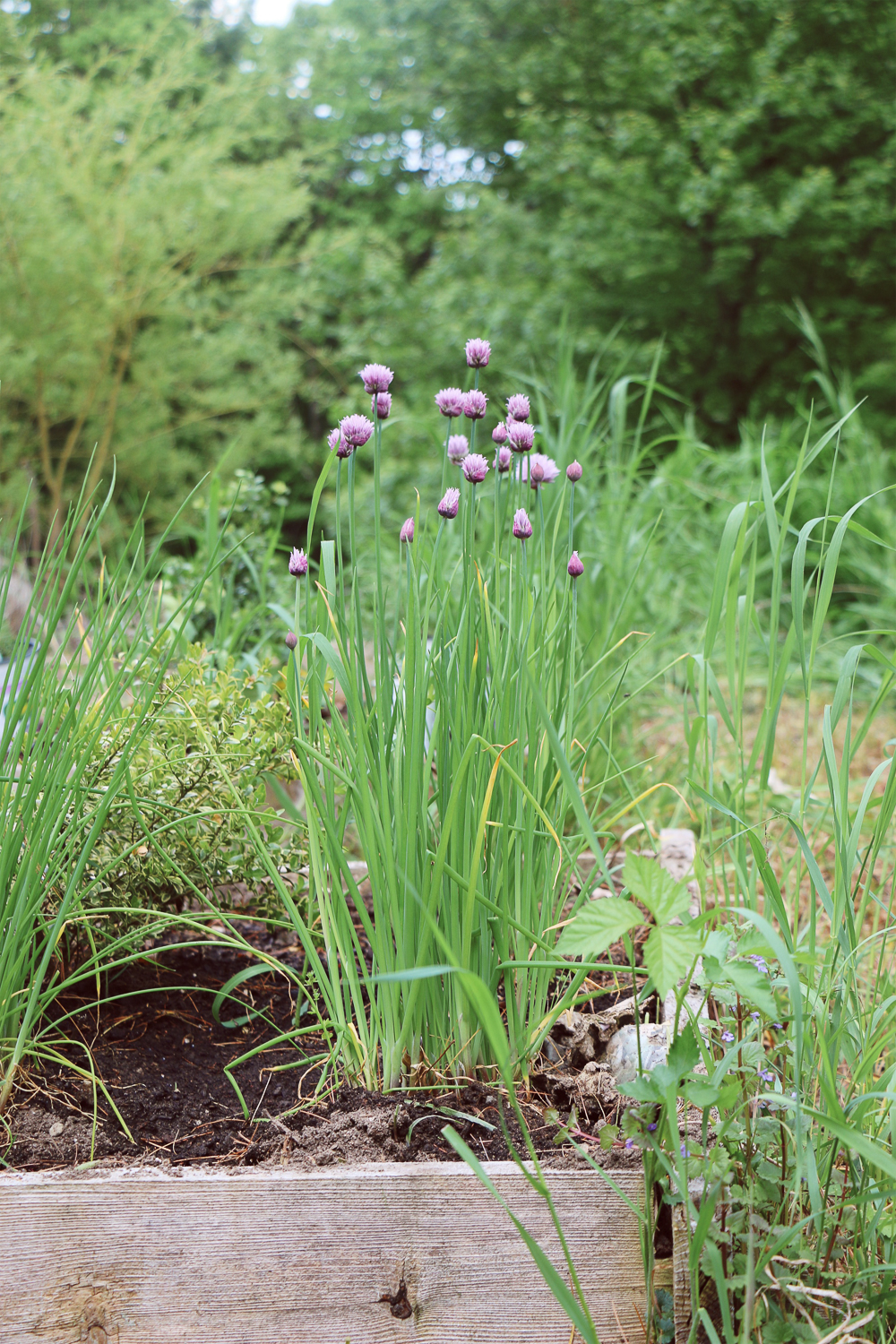
This project was sponsored and is part of Troybilt’s Flip The Yard Challenge. You can see lots more details of the progress as I went along on my instagram stories highlight. The Challenge was to makeover a part of the garden with the help of Troybilt tools and $250 to spend at home depot. My budget went towards some plants, seed (grass seed for around the edges as well as some dill to beef up the plants), garden soil, and a few dowels to fix my raised beds.
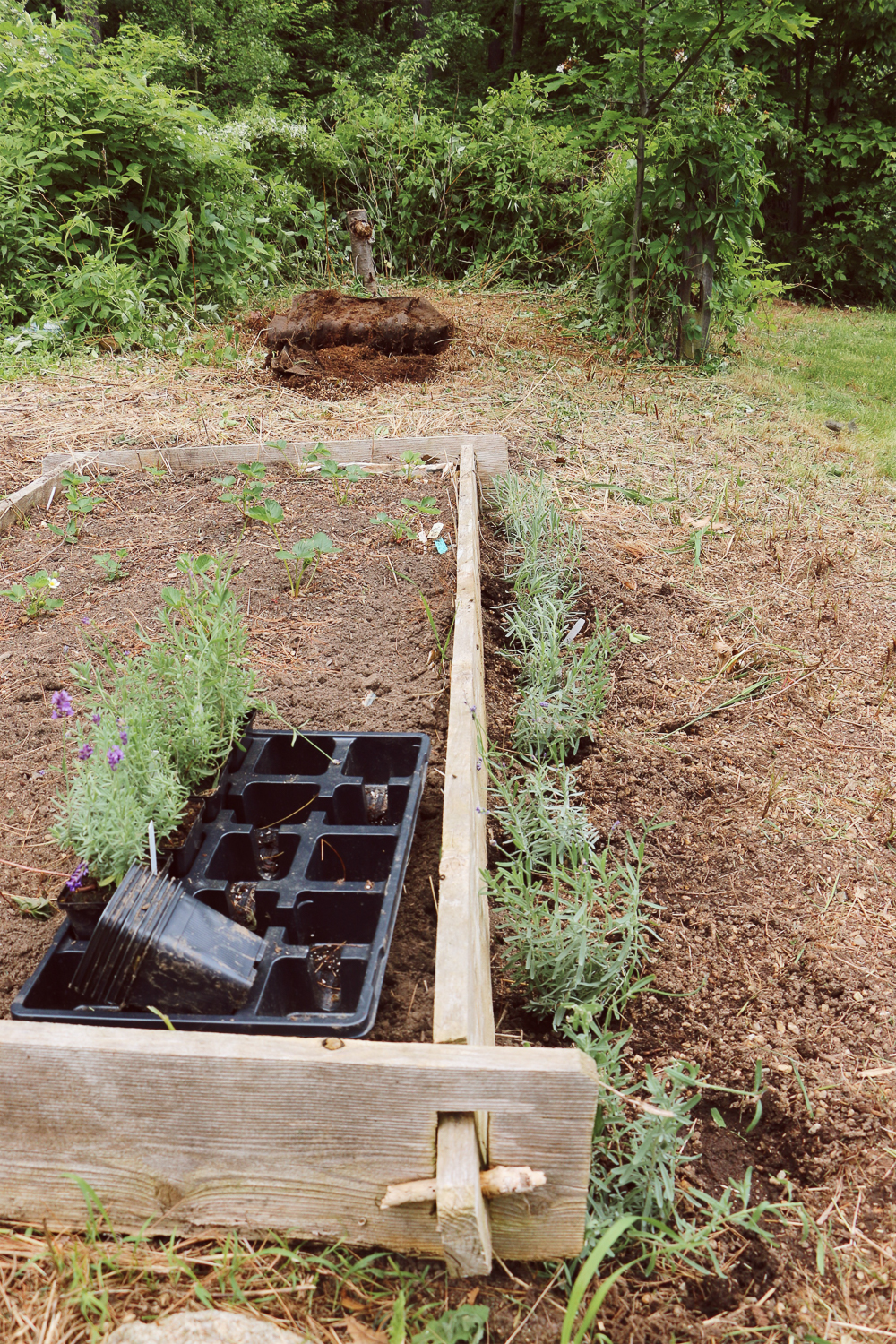
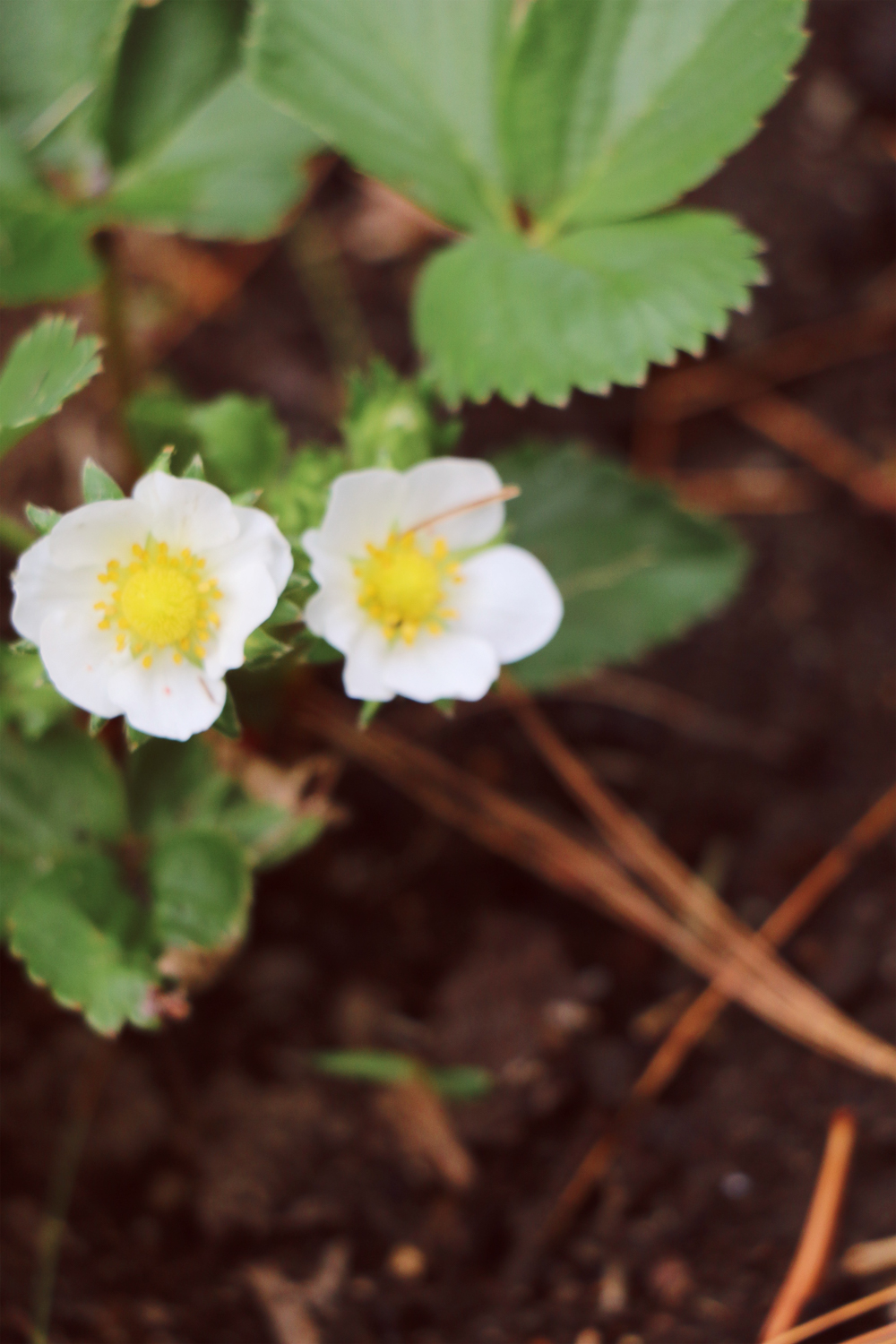
I used the Troybilt TB590 Straight Shaft Brush Cutter to cut back the weeds around the edges of the fence posts and to help me make headway into the wild raspberry thicket in the back. It is a hearty cutter – those raspberry canes didn’t stand a chance. The berries are pretty easy to pull their stumps out, once you get the woody stems and the thorns out-of-the-way. If you have a thicket to remove, cutting it back first always helps make it easier to pull out whatever remains. Also – consider wetting the ground before you pull the stumps. It helps things to slide out easier.
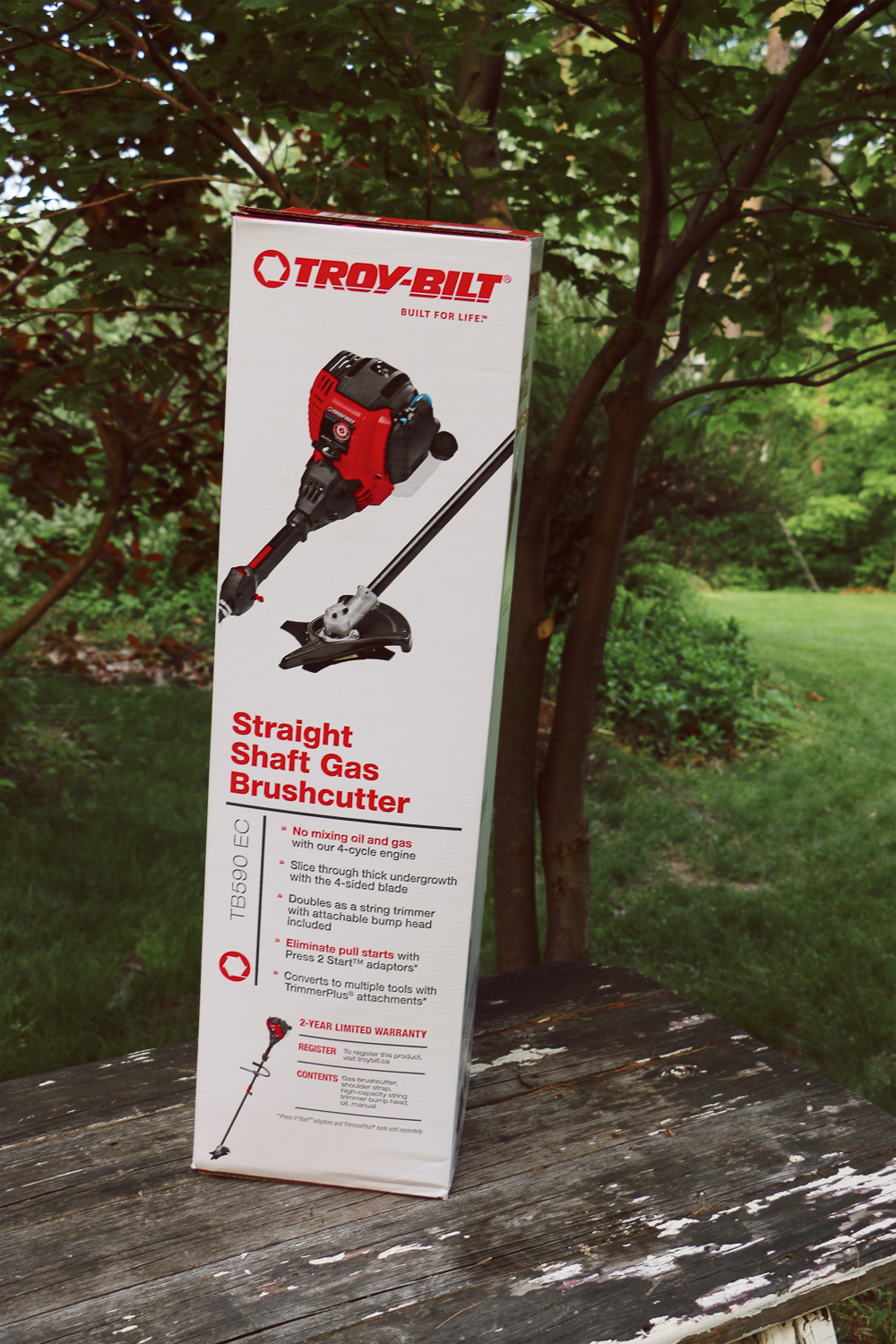
 This is what it looks like now!
This is what it looks like now!
Each of the small beds is anchored with a boxwood. They aren’t the same variety but I think it will still be charming once they even out and I get them trimmed round.
I am really pleased with how easy it was to reclaim the area and I’m encouraged to do the rest now too (this is only about 1/4 of the total garden). Already, I notice that the tick population is down. As this fills out, it will not only be productive year in and year out but it will be pretty and nice smelling too!
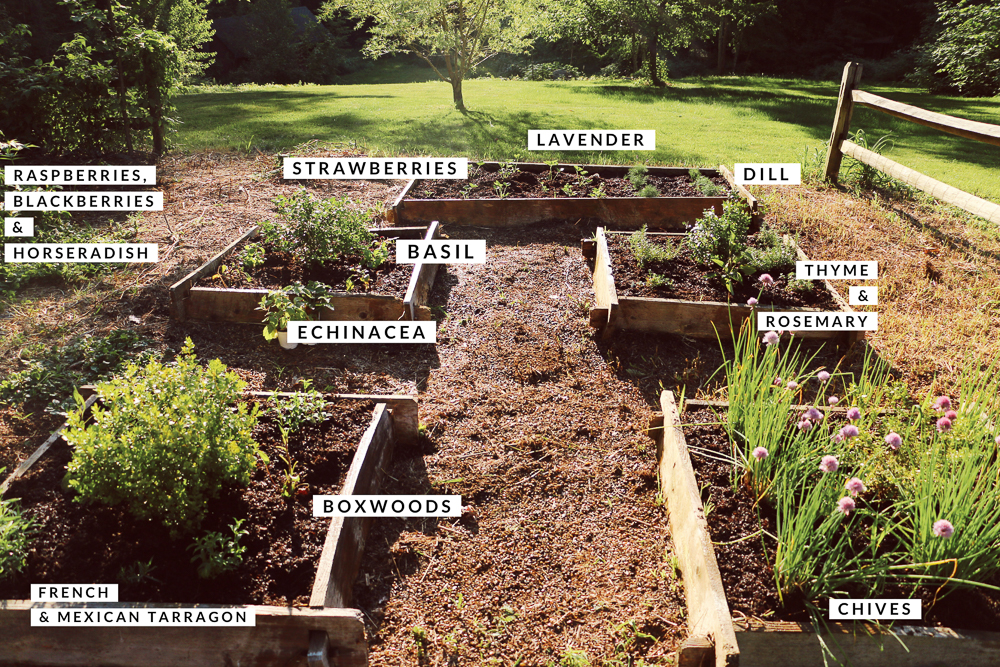
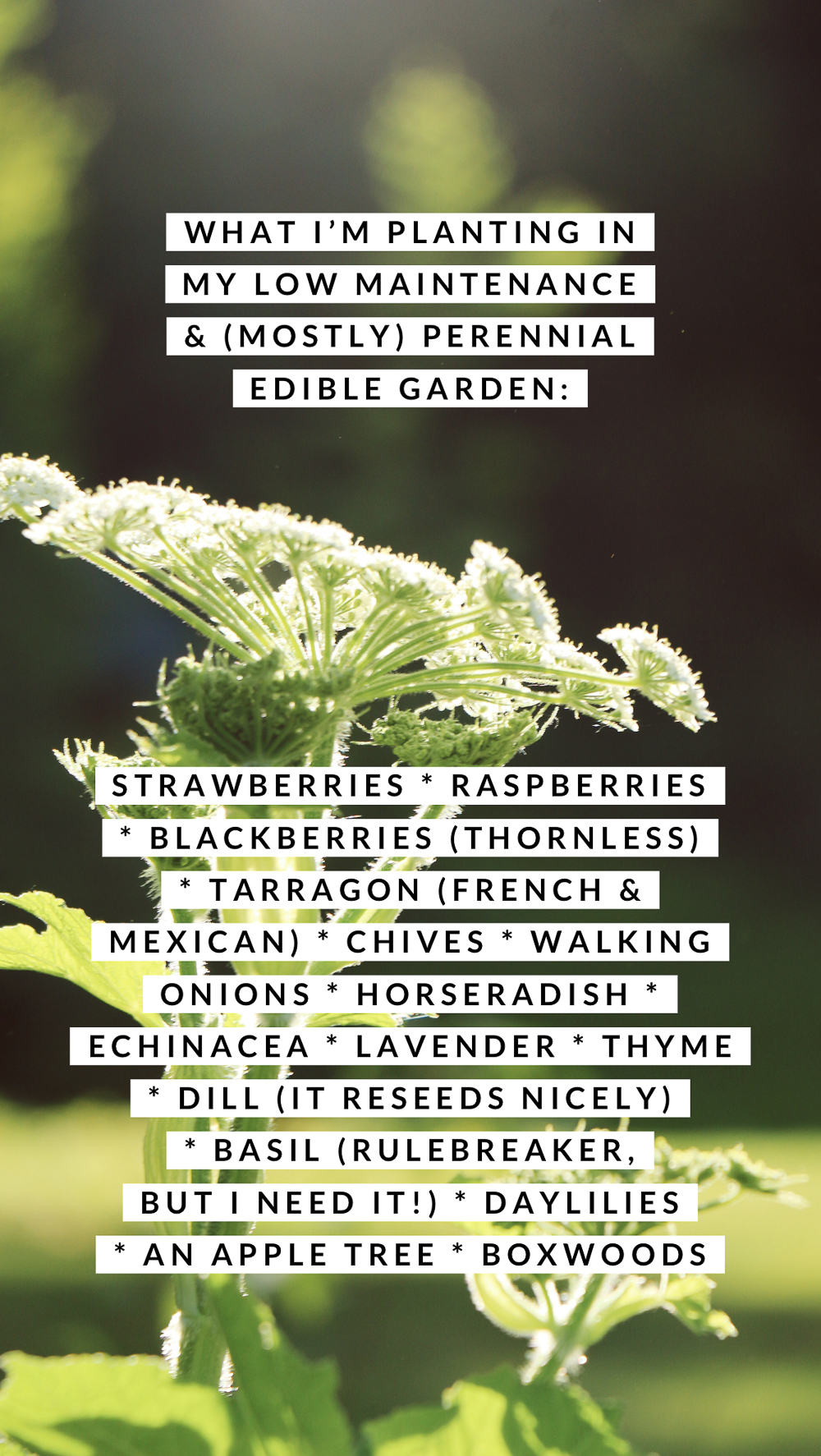
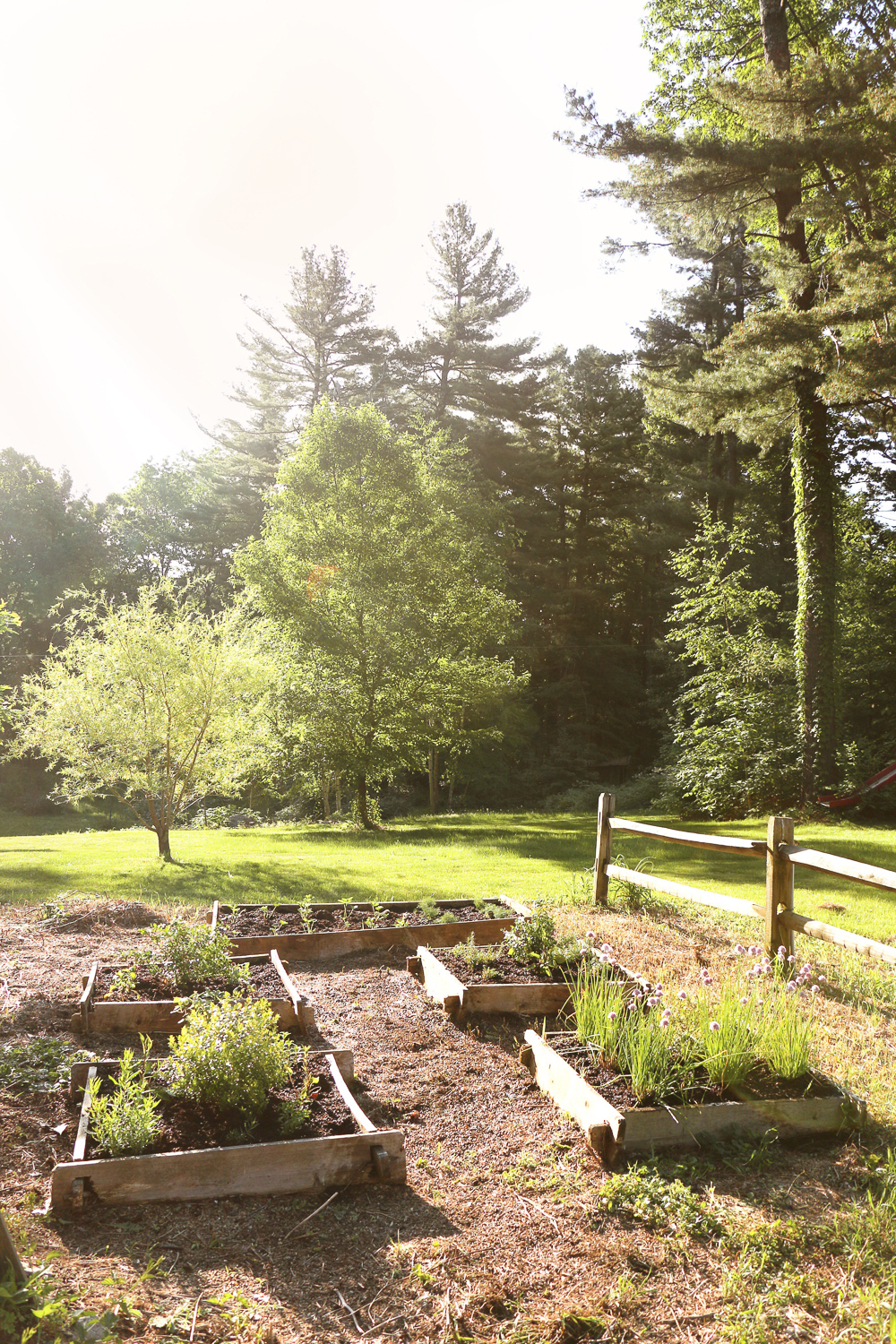
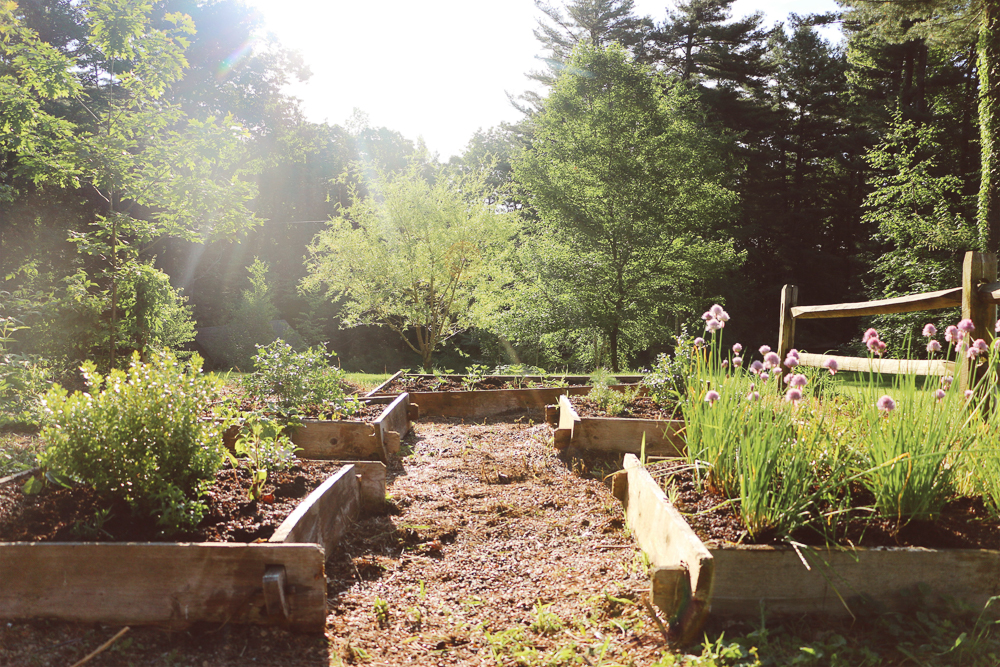
This post was sponsored by Troy-Bilt. All opinions are my own. Thank you for supporting the brands that allow PITH + VIGOR to create unique and inspired content for you.
+comments+